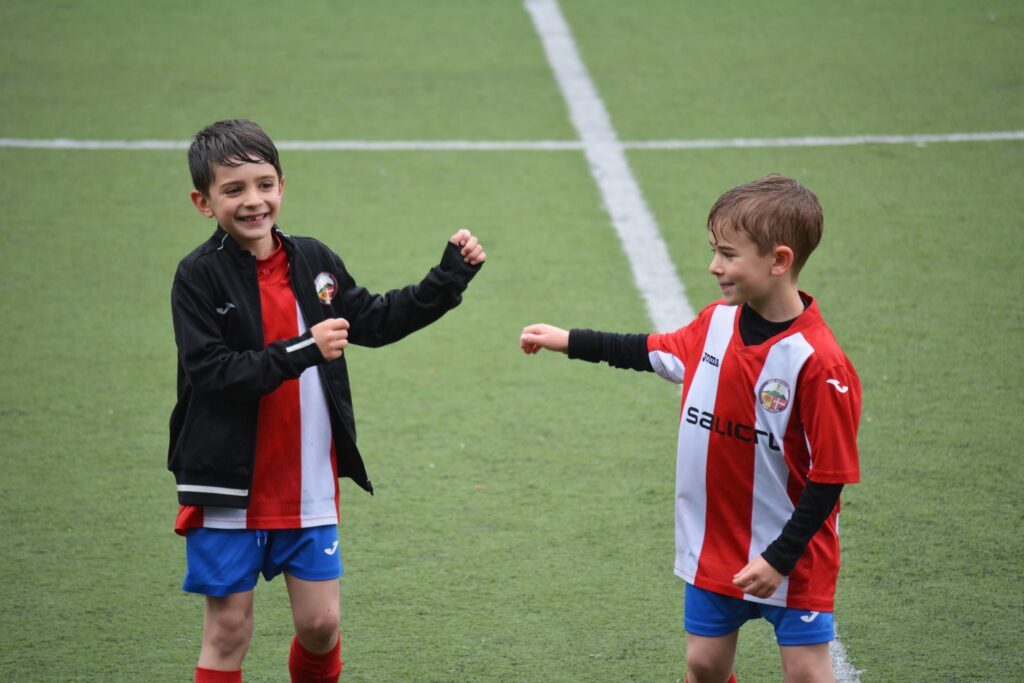When it comes to our children’s well-being, as parents, we are naturally concerned about any potential developmental challenges they may face. One such concern is low muscle tone, a condition that can affect a child’s motor skills and physical abilities.
Low muscle tone poses unique challenges for children, but it should not define their potential. By adopting a holistic approach that encompasses various therapies, activities, and supportive strategies, parents can create an environment conducive to their child’s growth.
Whether through physical therapy, occupational therapy, speech therapy, the Tomatis® Method, or assistive devices, every effort counts in helping children with low muscle tone improve their motor skills and overall participation. With love, patience, and a belief in their child’s abilities, parents can inspire resilience and empower their child to navigate the journey of low muscle tone with confidence and success.
In this article, we will explore the concept of muscle tone, delve into the specifics of low muscle tone, and discuss the movement difficulties commonly associated with this condition.
1. Understanding Muscle Tone
Muscle tone refers to the slight tension present in muscles even when at rest. It is crucial for maintaining posture, executing smooth movements, and responding to changes in our environment. Normal muscle tone allows for efficient motor function and coordinated actions. Muscles with appropriate tones are flexible yet stable, enabling us to move with ease and precision.
2. Low Muscle Tone Explained
Low muscle tone, also known as hypotonia, is a condition characterised by reduced muscle tone or decreased resistance to passive movement. Children with low muscle tone often display a “floppy” or “limp” appearance, as their muscles exhibit less tension than expected. This condition can affect various areas of the body, such as the trunk, limbs, and face.
The causes of low muscle tone can vary. It may be present at birth (congenital) or acquired later in life due to certain medical conditions or neurological factors. Some common underlying causes include genetic disorders, brain and nerve damage, prematurity, or musculoskeletal issues. It is essential to understand that low muscle tone is often a characteristic associated with these conditions rather than a standalone diagnosis.






